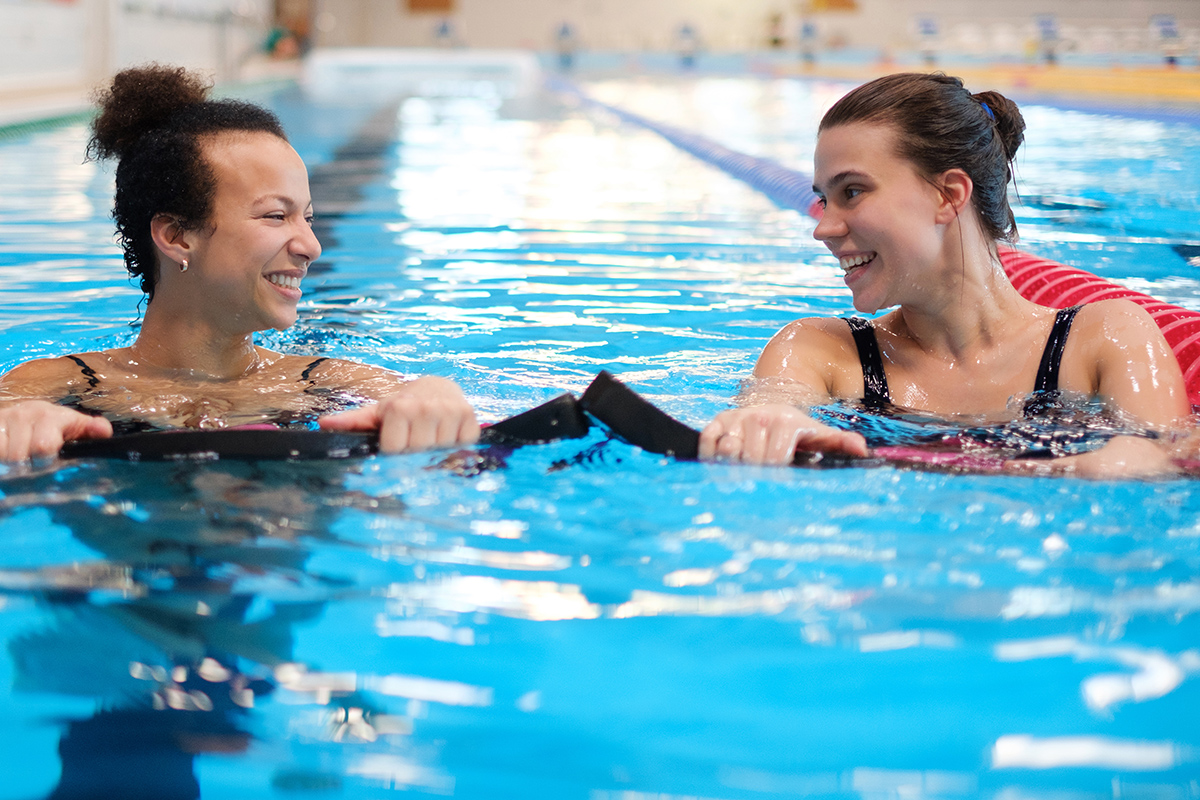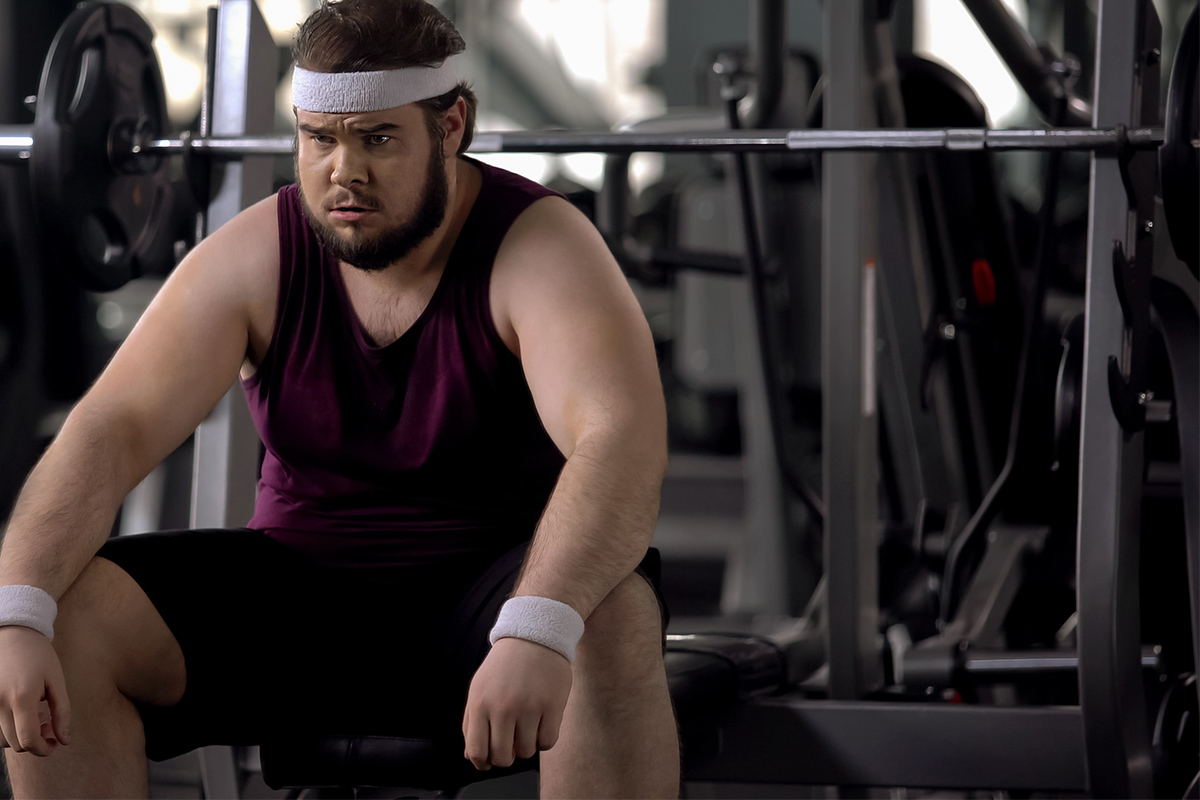
High Energy Workouts for a Head Start on Swimsuit Season

Getting Fit for Swimsuit Season

For a solid high-energy workout, you’ve got to put in the work! Even if you’re not keeping up with the class or if you’re running a slow mile compared to someone else, putting in the best that you can do means you’re getting an amazing workout.
Your body is always competing with its own personal best. If you are challenging yourself in a way you haven’t been challenged before, then you’re doing things right! This can mean that you’re doing one more pushup when you thought you were ready to quit or running your mile a couple seconds faster than you did the last time. Strive to outdo yourself in bits and pieces and you’re bound to get more out of your workout!
That being said, we know it’s easier to give that little bit extra when you have a game plan. Here are some options to help keep you moving until the last second of your workout!
Circuit Training

Circuit Training tasks your body to perform a series of exercises back to back before a brief period of rest. This workout model is intense, not only because it works multiple muscle groups over the course of the workout, but because it requires you to keeping moving all the way through. If you’re really feeling ambitious you can even throw in some cardio before you start your circuit.
A sample workout could look like this: Complete 8 to 15 reps performing the Leg Press, then the Chest Fly, then the Glute Kickback, and end with Bicep Curls. Rest for 90 seconds and repeat the circuit 2 to 3 times.
View this circuit, and additional samples of this training model, here.
Plyometrics

Plyometric exercises can be upper body or lower body focused. It’s all about building up your movement from slow and controlled to explosive and powerful. Plyometrics are great for generating speed, but to accomplish this, your body will need to expend a lot of energy to move the way you’re asking it to.
Lower-Body Plyometrics – These are exercises like box jumps, jump squats, and switch jumps. The sudden explosion of energy required to jump is what makes these exercises plyometric movements. You can even add a medicine ball to increase the intensity. Click to view some medicine ball plyometrics.
Upper-Body Plyometrics – These focus less on jumping and more on generating power from your upper body. An example of this would be a clap push-up or a medicine ball wall throw and catch. You can view these and more upper body plyometric workouts here.
Drop Sets

A drop set is several repetitions of the same exercise that you perform until failure. You are essentially pushing a single muscle group as far as it can go. To help pull you through this kind of workout, drop sets are designed to allow you to drop the intensity of your movement with each set. For example, once you’ve done as many as you can do at a certain level of resistance, you allow yourself to continue by decreasing the resistance and performing another set.
The best way to perform these is on machines because you can more easily manipulate how much weight you’re carrying, and you’ll have a safe way to release the weight when your muscles finish their last possible rep.
View some sample drop set workouts here.
For more articles like this one, and to keep up to date on our fitness, nutrition, and wellness articles, subscribe to our monthly newsletter, today!









